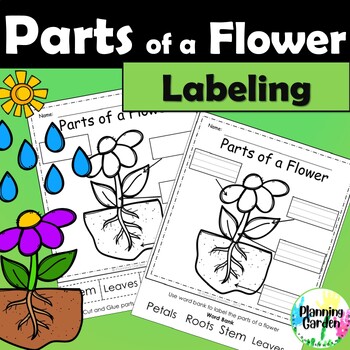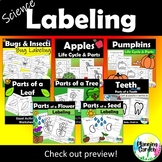Parts of a Flower | Parts of a Plant {label flower, plant, spring}
Planning Garden
195 Followers
Grade Levels
PreK - 2nd, Homeschool
Subjects
Resource Type
Standards
NGSSK-ESS3-1
Formats Included
- PDF
- Easel Activity
Pages
2 pages
Planning Garden
195 Followers
Easel Activity Included
This resource includes a ready-to-use interactive activity students can complete on any device. Easel by TPT is free to use! Learn more.
What educators are saying
This is an awesome resource that offers enrichment and allows students the opportunity to transfer new learning.
Also included in
- All of my labeling worksheets in 1 bundle! Worksheets (PDFs). Print and Go. Great for assessments, activities, or as an activity to include in your units. Some files included have Easel Activities (not all).Includes:Parts of a toothParts of an insectParts of a leafParts of a treeParts of a seedPartsPrice $5.00Original Price $6.25Save $1.25
Description
Parts of a Flower or Plant worksheet - 2 versions.
Parts of a Flower worksheet is a great addition to your plant and spring units.
This download includes 2 versions:
- cut and paste
- fill in the blank
You may also like:
Butterfly Comprehension Worksheets
Happy Planning!
spring | earth day | seasons | seeds | flowers | parts of a flower | parts of a seed | parts of a plant | plants | life cycle | plant life cycle | flower life cycle
Total Pages
2 pages
Answer Key
N/A
Teaching Duration
N/A
Report this resource to TPT
Reported resources will be reviewed by our team. Report this resource to let us know if this resource violates TPT’s content guidelines.
Standards
to see state-specific standards (only available in the US).
NGSSK-ESS3-1
Use a model to represent the relationship between the needs of different plants or animals (including humans) and the places they live. Examples of relationships could include that deer eat buds and leaves, therefore, they usually live in forested areas; and, grasses need sunlight so they often grow in meadows. Plants, animals, and their surroundings make up a system.





